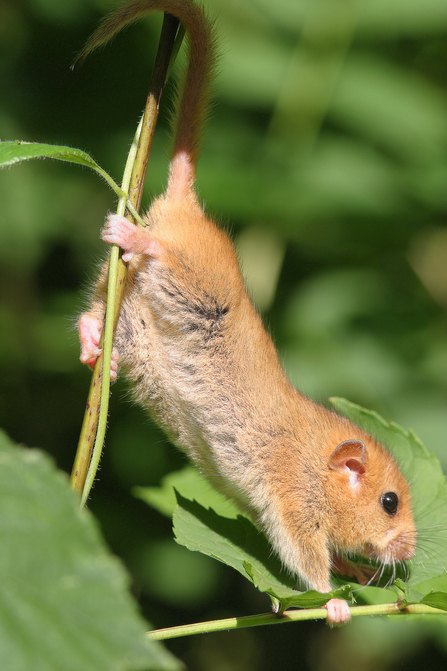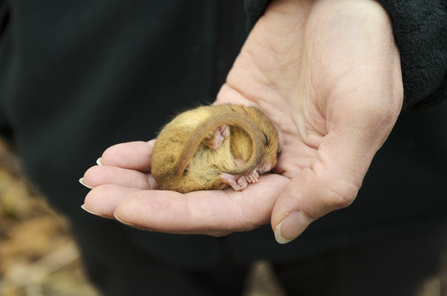We have scattered populations of hazel dormice in south and central Suffolk. Dormice are in decline nationally so it's very important to know how our local populations are faring. Suffolk Wildlife Trust undertake monitoring through the Essex and Suffolk Dormouse Group which is affiliated to both the relevant Wildlife Trusts.
In Suffolk, we currently monitor dormice using nest boxes at 13 sites at least twice a year, with all the work carried out by specially trained and dedicated volunteers. Dormice are highly protected and monitoring them requires a licence, so all volunteers are provided with regular training. We have around 30 active volunteers from as far afield as Yorkshire!


